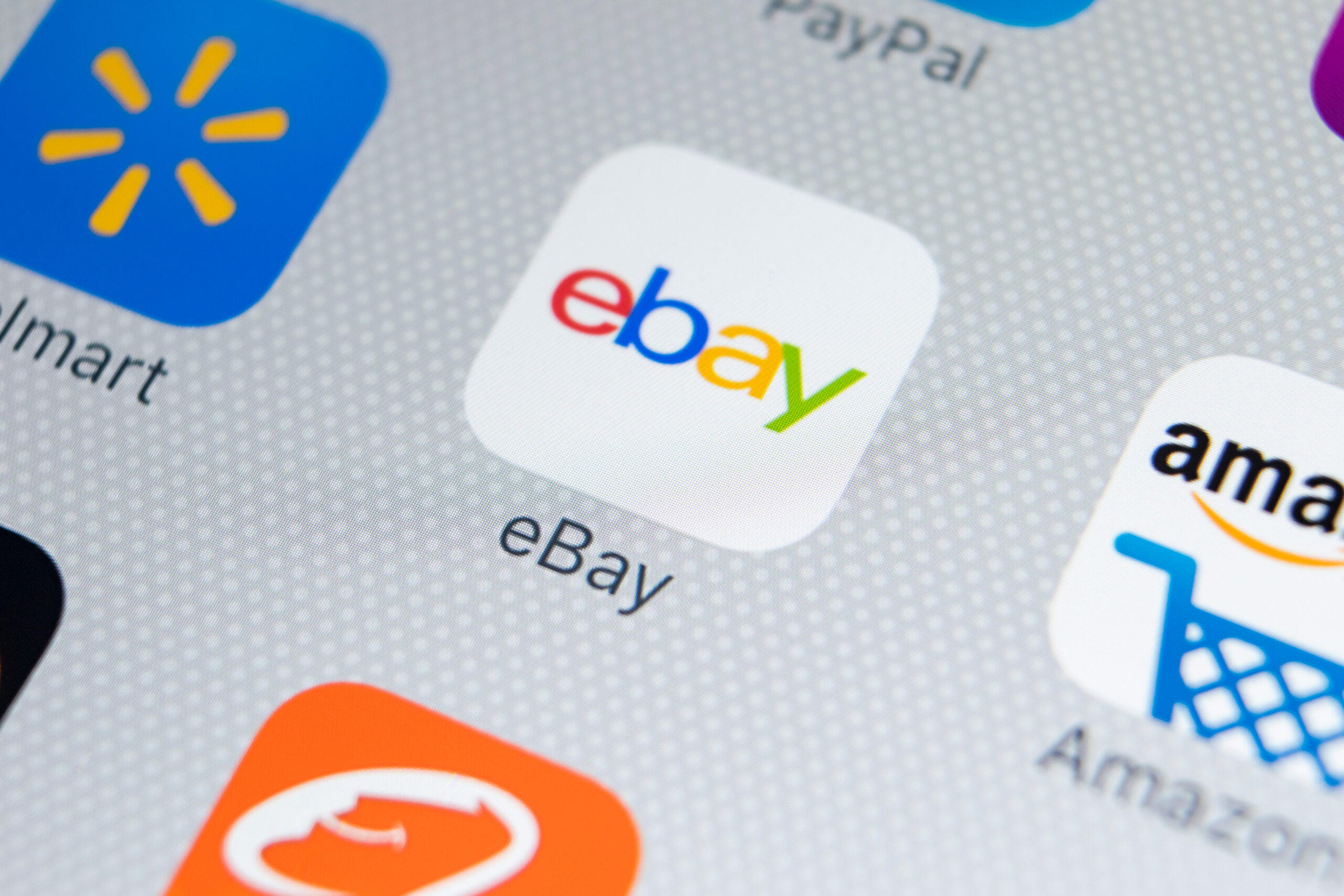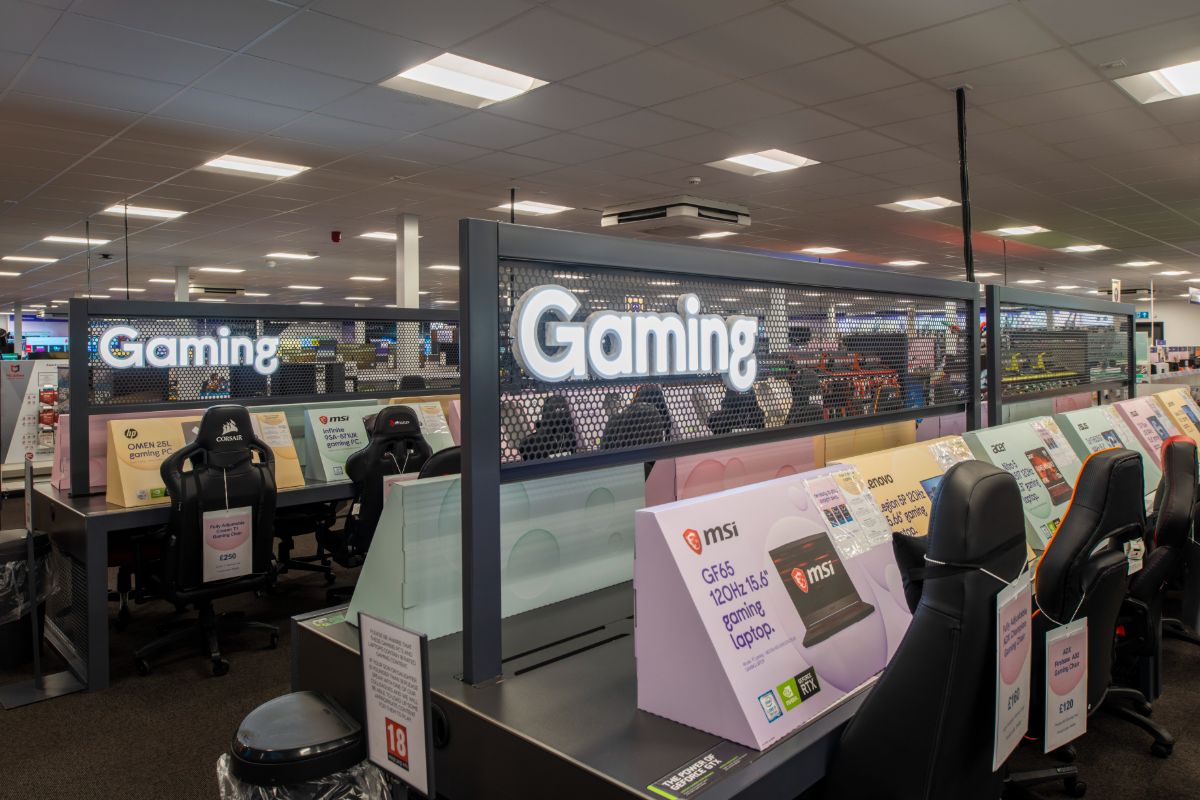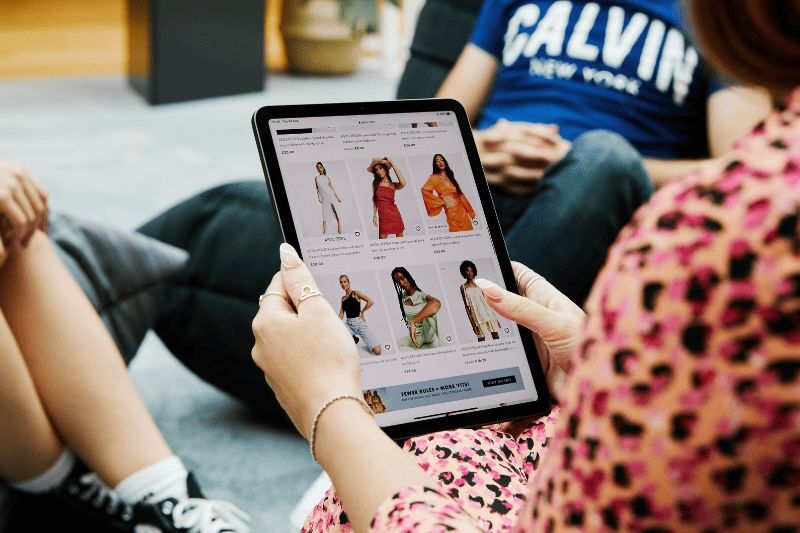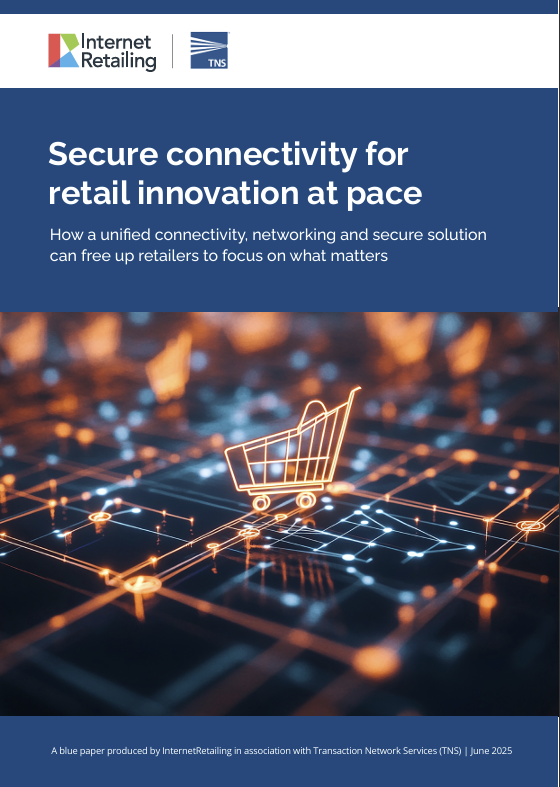Jason Cross, marketing director, Incentivated explains how loyalty schemes are set to get a revamp thanks to mobile – and explains why they are now more important than ever
Customer Loyalty Programmes are driven by technology. Early schemes like Green Shield stamps flourished in an analogue world and quickly died as soon as the capacity to handle large volumes of data became a reality. The first card-based systems like Sainsbury’s Homebase Spend and Save Card (launched in 1982) disappeared with the advent of more sophisticated, integrated schemes like Nectar.
The next major technological development in loyalty programmes will be the integration of smartphones into existing schemes. 60% of the population already have smartphones and spend more than two hours a day using them.
It isn’t just a phone, it’s a permanently connected link to the internet that can be activated by location and will link seamlessly to other digital devices, whether at home with smart TVs or in-store with POS systems or WiFi.
Adoption of the smartphone will be the most influential marketing development of this decade and allow retailers to create direct, personalised links with their customers.
Nearly half (45%) of smartphone users with a retailer-branded app visit the retailer’s store more often.
Google predicts that 80% of all search and 25% of e-commerce will be via mobile within three years.
However, in the face of incontrovertible proof, brands and retailers have been slow to react to the full scale of the mobile opportunity, doubly so when one considers the relatively low cost of development and the potential high reward.
According to research by Incentivated, only 31 of the FTSE 100 companies have mobile optimised sites and many have poor functionality, work on a limited number of devices and are non-transactional.
It’s almost inevitable that mobile wallets will replace the current card-based loyalty programmes. Evidence suggests that consumers are still wary of mobile transactions and mobile payment systems, but actively use mobile loyalty products. We have seen this with the innovative programme we recently launched for fashion retailer, Monsoon.
The app has a built-in ‘loyalty card’, but also allows targeted offers to be communicated and store detail about a customer’s personal interaction with the brand. Launched recently the stats are encouraging:
-Average session length is over five minutes
– The majority of those who have downloaded the app have already begun to use it on a weekly basis
– We are seeing 20% of app downloads come from social media links, indicating the app is being shared and recommended virally
Mobile is going to revolutionise loyalty marketing and increasingly apps are the tool of loyalty and customer relationships. Whereas company websites are a useful source of information for customers at fixed locations, consumers will download apps for brands they want to deal with regularly.
When on the move, an app becomes a meaningful and important communication tool.
Why is mobile going to revolutionise CRM?
First, it’s always on. The consumer is constantly in contact with the brand; meaning latest offers and information can be communicated.
Second, it offers complete flexibility. Specific targeting is possible; especially with vast amount of data that mobile creates. For example, targeting by location, time of day and via social media. Almost any permutation is feasible.
Third, for a brand, it’s a cheap means of communication. It’s faster, more reliable and secure. It will create greater efficiency – consumers don’t have to have cards or redeemable vouchers – everything is contained within a piece of technology permanently with them, packed full of history on their activity with the brand.
Fourth, it’s connected with all other marketing activity. Mobile will be connected to smart TVs and allow interaction with brand advertising. Retailers can advertise on TV and alert a viewer with a tablet or mobile about a specific offer.
The customer can then either redeem the offer via e-commerce or in-store. Near Field Communication (NFC) chips and the development of mobile “wallets” will enable customers to manage transactions and pay through an app, or equivalent, on their phone. Mobile has an effect at every stage.
“This is a great time to be a shopper,” said Steve Mader, senior analyst for Kantar Retail. “The shopper’s entire path of purchase is evolving, and it is becoming more fluid across channels and more fluid across mediums. I think that retailers and brands are going to have to push themselves to be where the shopper expects them to be.”
Given that more than half of a shopper’s decisions are made in-store, then mobile is the technology that will enable retailers and manufacturers to better understand that decision-making process and, perhaps, to influence some of those purchase decisions at every point of consideration.
The importance and potential of mobile marketing needs to be recognised and properly invested in at the senior level of retailers, it’s much more than an extension of digital. As Mary Meeker, doyenne of digital said: “Some brands will win big with mobile; others will wonder what has just happened.”
My predictions
• Smart phone penetration will reach 75% with 12 months. Over the same period tablet penetration will leap from 11% to 33%.
• Consumers will, on average, download five interactive retail apps. They will spend, on average five minutes a week with each app.
• Within two years, apps and smart TV sites will become the key conduit for remote shopping and loyalty programmes.
• Within two years 25% of consumers will use mobile phones to manage loyalty cards.
• Within two years a UK-based retailer will launch a fully-integrated m-commerce channel; a TV app containing content and offers that integrate with mobile devices that can be redeemed in-store.








